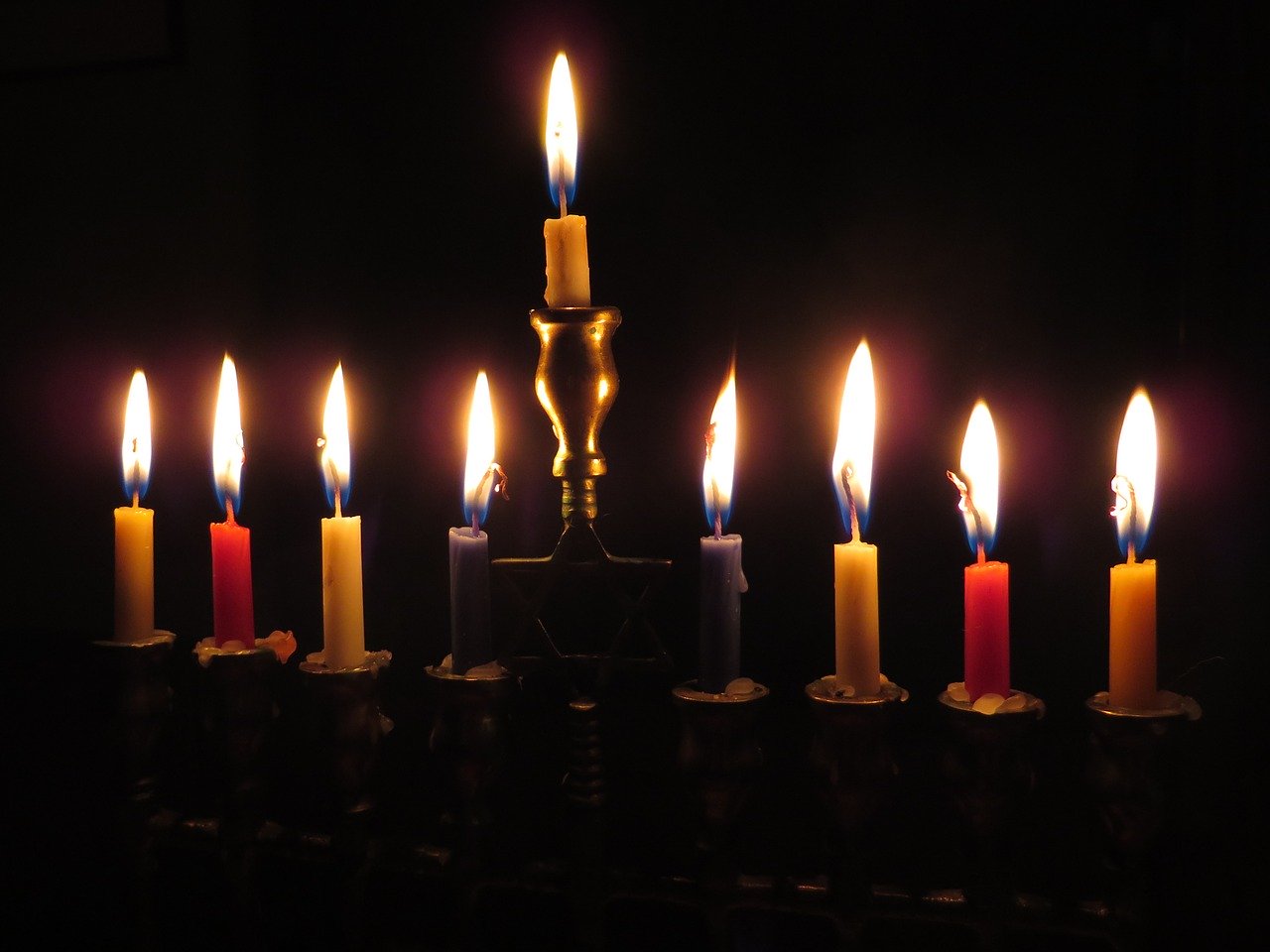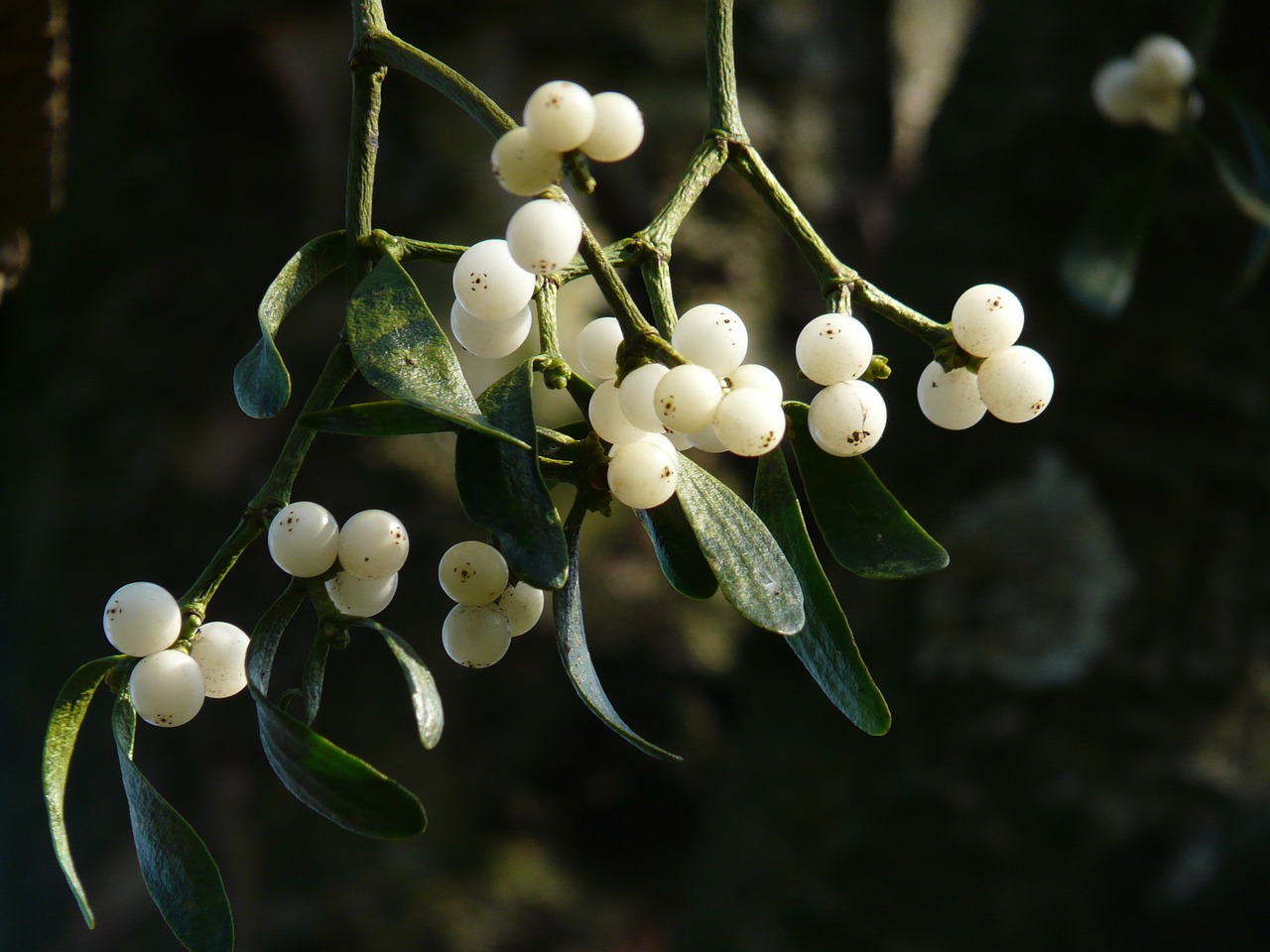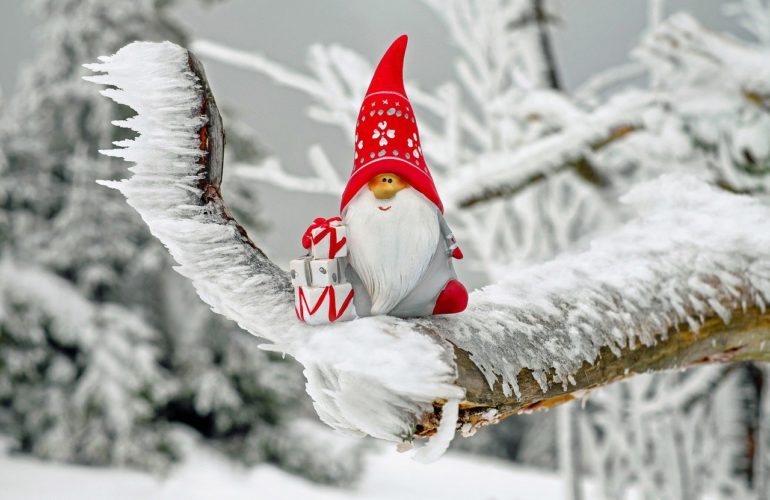Winter is the season for relaxation and hibernation wherever you go in the world. The days are shorter, there’s less sunlight, and you feel less tempted to go outside and enjoy the fresh air (mainly because it’s cold and humid).
Now, winter is not the same all over the world, but there is one constant that brings us all together: the winter holidays. Whether it’s Hanukkah, Christmas, Yule/Yuletide, Kwanzaa, or any other celebration, people everywhere like to join in and enjoy the festivities.
Many of these holidays have been celebrated for centuries and have deep roots that go back to some of our first ancestors. True, the habits and customs have changed and some don’t make sense in the modern world anymore, but the spirit of the holidays has endured. Some say these traditions were invented to keep the so-called ‘winter blues’ at bay and help people go through the harsh winters. Others say they were designed to celebrate the bountiful harvest over the year. Regardless of the reason, as linguists, we had a blast learning about the rich and varied world culture when it comes to the winter holidays!
In fact, we had so much fun that we decided to share this wonderful diversity with you! So, in today’s article, you can read about the most popular winter holidays from all over the globe.
The Magic of Christmas

This is one of the most popular of the winter celebrations in the western hemisphere, so we decided to start our list with it. The cool thing about Christmas is that it has so many roots and interpretations that it can be difficult to pinpoint its origin with absolute certainty.
The scientists say it started with a Pagan tradition where people used to bring everlasting tree branches in their homes to signify that spring will return. As the tradition evolved, the celebration was taken over by Christianity and turned into the birth of Jesus Christ, which is a meaning we still hold dear today.
But Christmas also has a commercial meaning, since it is customary to offer gifts to the loved ones. As it turns out, this custom comes from the Romans, who used to honour Saturn by exchanging gifts. Moreover, children everywhere believe that Santa Clause will come down their chimney and leave them presents (if they were nice, of course). This part of the festivities comes from ancient Greece and is based on Saint Nicholas, a bishop who was extremely generous towards children.
So, the Christmas we know and enjoy every year is a mixture of traditions, cultures, and customs that meshed together along the years. People with very different backgrounds, speaking very different languages managed to collaborate in creating a beautiful celebration that brings joy to millions of people all over the world.
Hanukkah – The Miracle of Light

Celebrated by Jewish people everywhere, Hanukkah celebrates the light that will eventually return to disperse the darkness of winter and bring forth the warmth of spring.
The story behind this tradition talks about the difficulties Jewish people had to endure in the second century BC in order to remain loyal to their faith and practices. As such, when their temple was destroyed by the then king’s armies, so was the pure oil used to light the sacred menorah (a candle holder with nine branches). Only one small jar of oil, enough for a day, escaped the destruction, and it took eight days to make new oil, which meant that the light in the menorah would be extinguished.
Still, through a miracle, the oil that was supposed to last only one day lasted eight full days, which is why Jewish people celebrate the Miracle of Light by lighting a candle in the menorah for eight days.
The celebration has other customs as well, but everything is built around the idea that light endures and good times return. Also, Hanukkah is a strong statement of the continuance of the Jewish culture.
Yule or Yuletide

If you’re a Potterhead, you probably know that, in the Goblet of Fire, the entire school attended the Yule ball. As it turns out, the magical world (like the contemporary Wiccans) is a bit more old school and they would put more importance on celebrating the winter solstice or the Yuletide.
Yule is celebrated during the longest night of the year (or the Solstice night) and talks about the rebirth of the Sun King that will warm the cold earth. In the old tradition, people would lit bonfires in the fields and children would travel to every house carolling.
To attract the Nature Spirits, the inside of the home is decorated with ivy, holly and mistletoe (for good fortune), while a special log is lit on fire for 12 days straight.
As you can see, the modern version of Christmas borrowed some of the Yule customs, such as carolling, home decorations, or the mistletoe.
There’s Magic Everywhere!
Even though we now know the true story of Santa Clause, and we no longer expect gifts under the tree, the magic of the holidays (regardless of name and tradition) remained in our souls and continues to bring us joy and warmth.
So, in the true holiday spirit, let’s forget about the worries that weigh us down for a bit, and enjoy time with the ones we love and respect!
